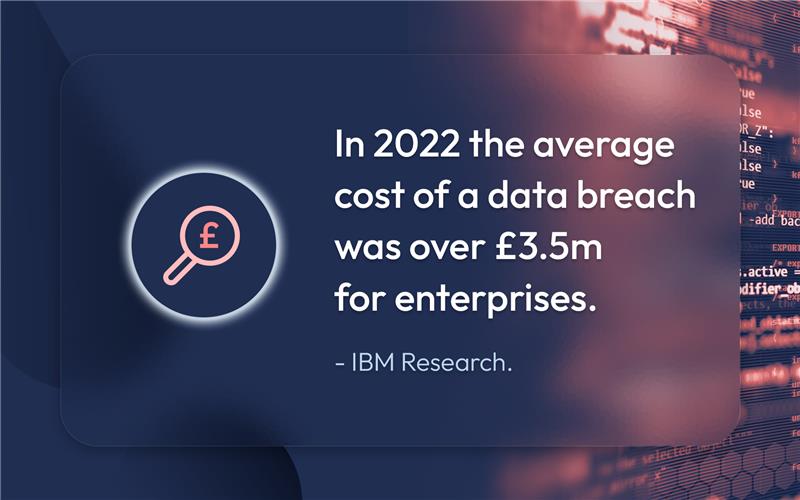As reported by Allianz, Financial Services typically feature in the top five sectors for severity and frequency of cyber-attacks. What’s more, at the beginning of the pandemic, the number of cyber-attacks rose by over 200%.
This comes as no surprise as digitization and remote work accelerates, and lines among employees, customers, contractors, and partners/vendors are blurring, many traditional network perimeters and boundaries are obscured. Users, workloads, data, networks, and devices are everywhere.
Hackers and cyber scammers are trying to take advantage of expanding technology footprints and new attack surfaces, with most employees working remotely.
According to a 2020 report by Deloitte, over the past three years, cybersecurity has continued to grow as a priority. Financial firms keep allocating more resources, increasing board involvement, and making investments that are more aligned to IT and business priorities.
The increased push toward digitization and the challenges raised by new, often remote work environments, lead to an increase in insider threats, cyber risks confronting most organizations are intensifying. Let’s take a look at some of the top threats according to Financial Conduct Authority.
Ransomware
Ransomware typically has one goal, to encrypt files on your computer systems and demand money for restoring them. Ransomware often spreads laterally across a network, locking up every computer or server it can access. This is where the attacks become the most destructive, rendering devices inoperable and halting a business’s operations.
Without a robust system of data backups to fall back on, businesses can be side-lined for days. Meanwhile, the costs continue to rise. Each hour of downtime at a large financial institution can cost hundreds of thousands of dollars, and that doesn’t even take into account the ransom demand.
An alarming report by a cloud security firm found that 90% of financial institutions have been hit by ransomware. Mid-sized financial services organisations worldwide spent more than $2 million on average recovering from a ransomware attack in 2020, according to InfoSecurity.
What’s more, the financial services sector recorded the second-highest cost of a data breach in 2021, at $5.72m. More recently, HSBC was fined £64m by the FCA for automated transaction monitoring failures.
Distributed denial-of-service attacks
Distributed denial-of-service (DDoS) attacks are becoming increasingly common across the financial services industry. DDoS attacks occur when a portion of the network is targeted, typically at the networking, transport, or application layer, with a flood of requests that overwhelm network bandwidth, causing it to slow or crash completely.
As organisations become more reliant on the internet and web-based transactions, these attacks have evolved as a way to target businesses, especially those in the finance space, to make money. In fact, data shows that DDoS attacks are the most common type of cyberattack used against financial services firms, making up 32% of analysed attacks.
Cloud security
For many organisations, the need to adopt cloud and digital technologies has accelerated significantly over the past 2 years in response to the pandemic. While migrating to the cloud and kick-starting digital transformation strategies is bringing several benefits, many cloud environments aren’t prepared for rapidly developing cyberattacks.
Whether you’re already taking advantage of cloud and digital technologies, or if you plan to in the future, you need to consider if you’re current threat detection and response solution and your resource skills and tooling are positioned to keep your business, users, and customers safe.
Having the correct skills in a cloud partner to help plan, design and execute a cloud migration is key to reducing the risk of mistakes.
What does this mean for the customer?
Non-compliance can cost an organisation not only millions in fines, but something even more crippling in today’s cutthroat and customer-centric economy – the loss of customer trust.
A vitally important aspect of cyber security is maintaining client and customer confidence. A cyber-attack can result in a prolonged disruption of business activities. Not to mention the impact on your brand, on your customers data, and their perception.
How to get started
Security is no longer just an IT problem, it’s a board problem. According to Deloitte, Chief Information Security Officers who were able to continuously refine and articulate cybersecurity’s value propositions to the board tended to be more successful in securing board engagement.
We want to help you overcome the complexities of modernising your security operations. We’ll help you design and build a modern security strategy fit to protect your business, data, users and customers.
We’ll provide a view of how you are securing your organisation today, how you want to drive security for tomorrow and how to bridge the gap to enable you to achieve that goal.





